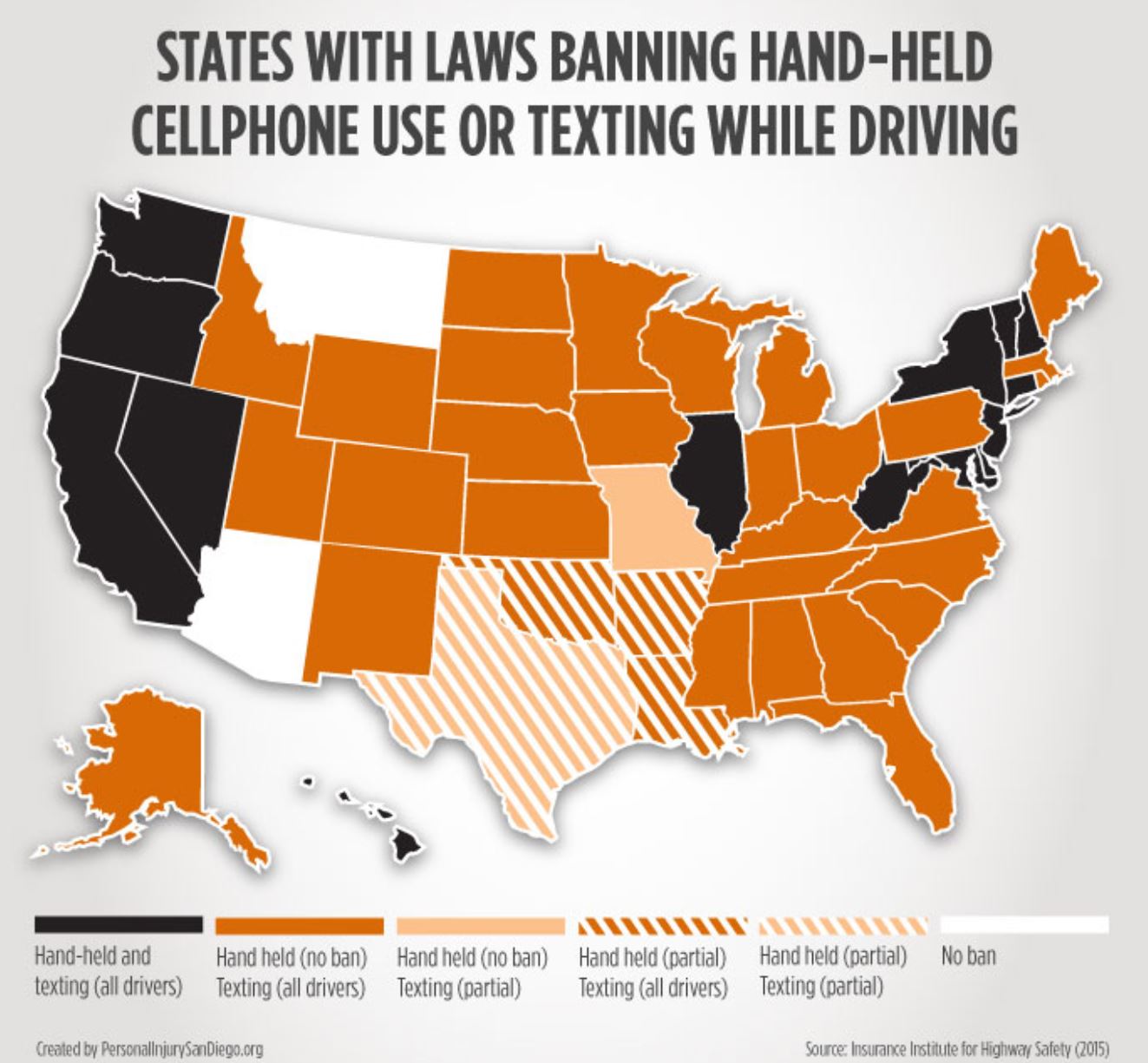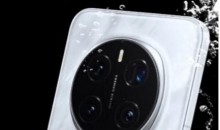The Dangers of Texting and Driving
Mar 30, 2017 09:26
Texting has become such a huge form of communication that we have evolved into a society seeking for instant gratification - instant replies. That beep, or notification, seems so much more important - and that becomes an extremely dangerous thing when drivers respond to that blinking red bubble on your phone.
Like a broken record that's been played over and over and one too many times, texting and driving has been the bane of road safety, the unnecessary evil to exist alongside the convenience of technology. This article will talk once more about the dangers of texting and driving - of which is a topic we've covered extensively in the past before, but will do so with view of statistics and science and ways of how we can prevent such behavior.
The statistics are staggering, and are perhaps grossly under reported too. It becomes even more scary when the probability of a crash is 1 in 4 when one uses a cellphone.
What's worst is that the younger generations are not finding these statistics hard hitting enough to stop the habit. An older survey back in 2012 says that 21-24 year-olds are more likely to send a text message while driving compared to any other demographic group.

image source
Distracted driving is equivalent to driving sleepy or drunk in many and most places, it is considered illegal to do so - which is exactly how it should be.
Unnecessary accidents and lives have been claimed from irresponsible behaviors, but none are more so avoidable than texting and driving. According to some saddening statistics, someone is killed in a preventable car crashes every 53 minutes
A device invented by 13-year-old Krishna Reddy detects the dilation of pupils to measure how whether or not a driver is paying attention. Although, initially used to prevent drunk driving, it could be a step to warn drivers from doing the deed.
If statistics aren't working to convince people about the deadly habit, then thankfully there are many PSAs like the one below that will do the trick.
Research also proves that peer pressure plays a role in the habit. Almost all teens expect a reply to their text almost immediately or within five minutes of receiving them, thus putting a dangerous act into play.
The worst part about this is that many people still do this, and some have even developed it into a habit. A staggering 40% of people have admitted to texting while driving. There's probably too many science studies to prove that tasks like reaching out for your phone while driving increases the risk of getting into an accident up to 3 times.
1. Turn your phone to "Do not Disturb"
2. Hide your phone
3. use Bluetooth or voice recognition
4. Watch another one of these PSAs:
5. Or perhaps, my favorite kind of way to break any habit: introduce an incredibly hefty fine and possibly jail time.
That would definitely work.
6. Lastly - self-driving cars
With any luck and hope, accidents on the road could be a thing of the past, or reduced to the most minimal of accounts - and low tech like texting would and never be a thing ever again.
Like a broken record that's been played over and over and one too many times, texting and driving has been the bane of road safety, the unnecessary evil to exist alongside the convenience of technology. This article will talk once more about the dangers of texting and driving - of which is a topic we've covered extensively in the past before, but will do so with view of statistics and science and ways of how we can prevent such behavior.
Statistically deadly
The statistics are clear about this. Driving and texting isn't just deadly in a sense - it is by any means - outright deadly. According to the CDC, 9 Americans are killed every day involving distracted driving including texting, eating, and generally not paying attention to the road. To put that number into perspective, that's also 341,000 accidents that happened just in 2013 involving textingThe statistics are staggering, and are perhaps grossly under reported too. It becomes even more scary when the probability of a crash is 1 in 4 when one uses a cellphone.
What's worst is that the younger generations are not finding these statistics hard hitting enough to stop the habit. An older survey back in 2012 says that 21-24 year-olds are more likely to send a text message while driving compared to any other demographic group.
Here's an image of states that have bans on hand-held devices while driving:
image source
Incredibly irresponsible
You've heard stories of crashes, but you never quite hear about the victims' lives they affect. Texting while driving is incredibly irresponsible. It's not just one life at stake here. It's a whole lot of people, including a lot of damage that could be done if eyes are off the road.Distracted driving is equivalent to driving sleepy or drunk in many and most places, it is considered illegal to do so - which is exactly how it should be.
Unnecessary accidents and lives have been claimed from irresponsible behaviors, but none are more so avoidable than texting and driving. According to some saddening statistics, someone is killed in a preventable car crashes every 53 minutes
A device invented by 13-year-old Krishna Reddy detects the dilation of pupils to measure how whether or not a driver is paying attention. Although, initially used to prevent drunk driving, it could be a step to warn drivers from doing the deed.
If statistics aren't working to convince people about the deadly habit, then thankfully there are many PSAs like the one below that will do the trick.
You are definitely distracted says science
There's just too much science to go around to tell you just how wrong this could be. For example, the average time your eyes are off the road while you text is five seconds. Worst still, drivers who are on the phone tend to sometimes drift out of the lane while doing this.Research also proves that peer pressure plays a role in the habit. Almost all teens expect a reply to their text almost immediately or within five minutes of receiving them, thus putting a dangerous act into play.
The worst part about this is that many people still do this, and some have even developed it into a habit. A staggering 40% of people have admitted to texting while driving. There's probably too many science studies to prove that tasks like reaching out for your phone while driving increases the risk of getting into an accident up to 3 times.
How do you break the habit?
Is there an easy way to break the habit? Unfortunately, no. But education is incredibly important. Here are just some hacks to play around with that could help curb your enthusiasm in replying almost immediately.1. Turn your phone to "Do not Disturb"
2. Hide your phone
3. use Bluetooth or voice recognition
4. Watch another one of these PSAs:
5. Or perhaps, my favorite kind of way to break any habit: introduce an incredibly hefty fine and possibly jail time.
That would definitely work.
6. Lastly - self-driving cars
The idea of self-driving cars would primarily be to reduce the amount of human error.
Many automakers are already experimenting with introductory features from self-parking to taking control of your vehicle for you on a highway. And as our technology continues to progress, we see companies adding more like collision avoidance to headlights and even tires that are smart enough to communicate road and weather conditions to the car.With any luck and hope, accidents on the road could be a thing of the past, or reduced to the most minimal of accounts - and low tech like texting would and never be a thing ever again.







































































